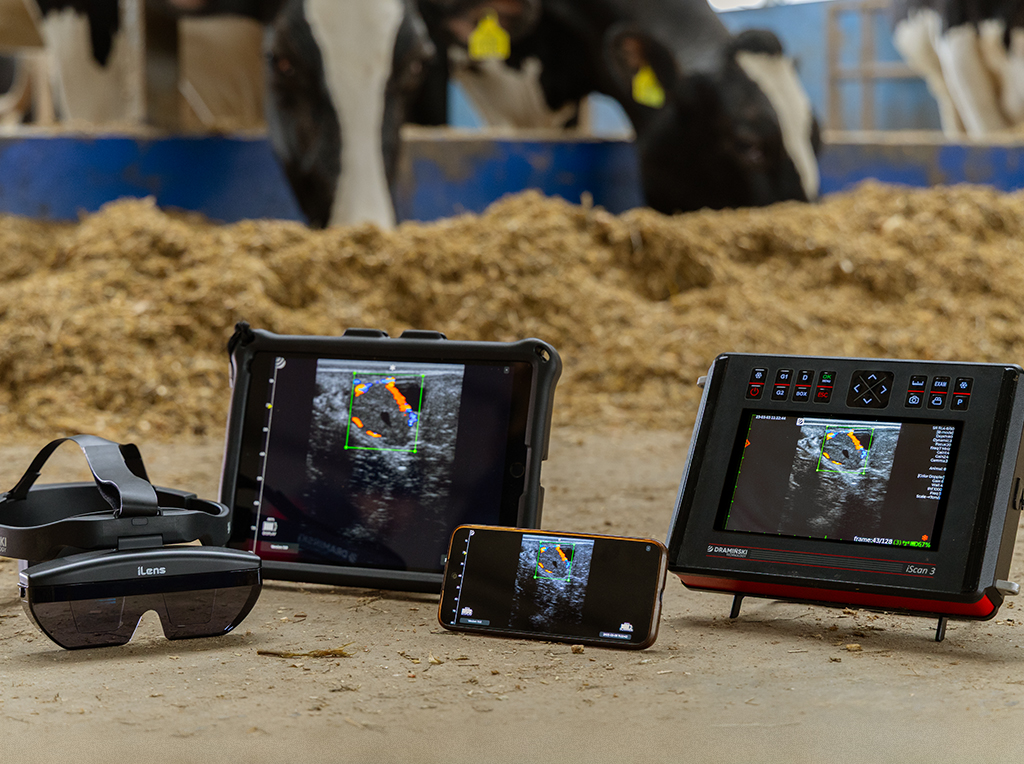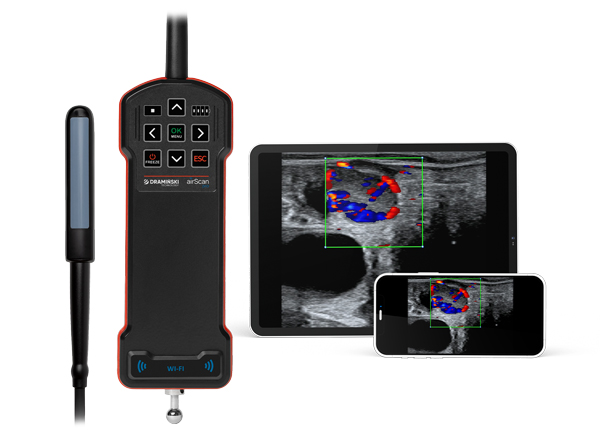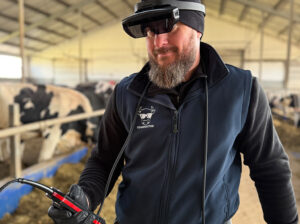Doppler in dairy cattle reproduction – is it worth it?

Doppler ultrasonography is becoming an increasingly common tool in field practice for veterinarians working in cattle reproduction. While the examination technique resembles classical rectal ultrasound, the key difference lies in its ability to assess blood flow in blood vessels. This single function opens up entirely new diagnostic possibilities and allows for more informed reproductive management in the herd.
With Doppler imaging, a veterinarian can:
• More accurately assess the condition of the ovaries and uterus,
• Detect pregnancy (or its absence) earlier,
• Better evaluate follicle quality and corpus luteum (CL) function.
What does this mean in practice?
Fewer “shots in the dark.” It allows assessment of whether a follicle is “active” and likely to ovulate, or already undergoing atresia. In the case of the corpus luteum — which is crucial for maintaining pregnancy — Doppler can determine its functionality even before it changes in size. This is especially useful when evaluating failed inseminations — sometimes even before day 28 post-breeding!
Doppler also proves valuable in embryo transfer — enabling better selection of recipients, since a well-vascularized CL increases the chances of successful embryo implantation. Studies show that CL perfusion is a better predictor than its size or even progesterone levels.
And now the big question: Is it worth it?
Yes!
Because better diagnostics mean:
• Fewer unnecessary inseminations = savings on semen,
• Earlier detection of failed pregnancies = quicker rebreeding,
• More accurate hormonal protocols = fewer drugs, better outcomes,
• Elimination of suboptimal animals from breeding programs = improved reproductive efficiency.
In large herds, every day shaved off the calving interval, every successful insemination, and every well-chosen recipient translates into real money. Investing in a Doppler ultrasound pays off quickly — not only through higher success rates but also thanks to better decisions made by the vet and the farmer.

In summary:
Doppler is not a gimmick — it’s a tool of the future (and, in truth, already of the present) in cattle reproduction. It delivers more information, faster and more accurately — and most importantly, helps save and earn money. And that’s precisely the goal in modern herd management.

DVM, Michał Barczykowski



